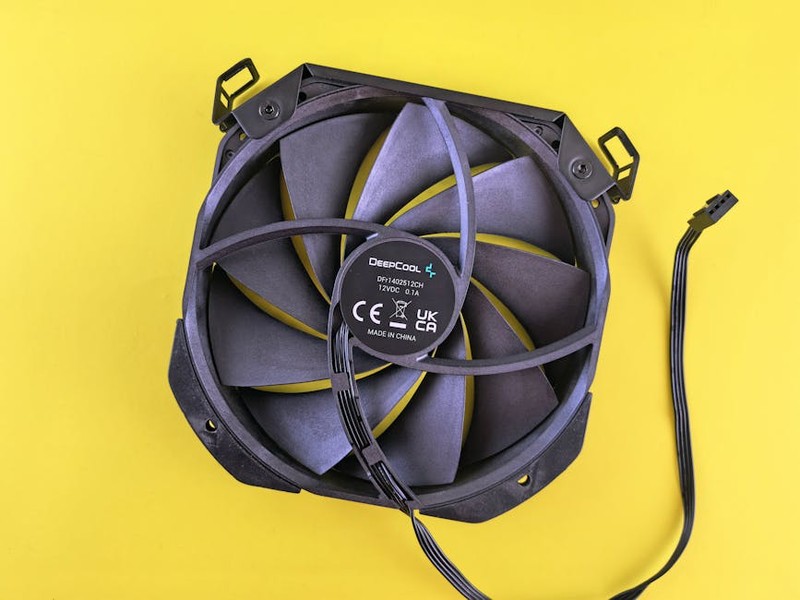The Hidden Hurdle: It’s Not Just About One Perfect Part
When most engineers think about CNC turning for prototypes, they focus on the individual component. Does this shaft meet the print? Is the surface finish correct? For modular design prototypes, this singular focus is the fastest route to failure. The real challenge isn’t machining one part to spec; it’s machining a family of parts that must interact flawlessly, often under dynamic loads, with zero post-machining adjustment.
The Domino Effect of Cumulative Tolerances
In a recent project developing a modular robotic gripper, we faced this head-on. The system comprised a central housing, multiple finger modules, and a complex linkage system—all relying on precision-turned pins, bushings, and shafts. The CAD model was perfect. Each part, when inspected in isolation, was within the specified ±0.025mm tolerance. Yet, during assembly, the gripper was binding.
The issue? Cumulative Tolerance Stack-Up. The error from the housing bore, plus the error from the bushing OD, plus the error from the bushing ID, plus the error from the shaft created a total deviation that exceeded the functional clearance needed for smooth operation. We were measuring parts, but not measuring the system.
💡 The Expert Insight: You must design your tolerances for the worst-case scenario of the stack-up, not the ideal scenario of a single feature.
A Strategic Framework for Success: The Three Pillars of Modular Turning
Based on lessons from the gripper project and others, I’ve developed a framework that ensures success. It revolves around three core pillars executed from the very first design review.
⚙️ Pillar 1: Design for Interchangeability from Day One
This is a mindset shift. Instead of designing parts, you are designing interfaces.
Define Master Datums: Identify the critical features that will align all modules. In our case, it was the central bore of the housing. Every other critical dimension on every related part was referenced directly back to this master datum in the GD&T scheme. This creates a single source of truth for the entire system.
Employ Statistical Tolerance Analysis: Don’t just use worst-case analysis. We switched to a Root-Sum-Square (RSS) analysis, which accounts for the statistical probability of all tolerances being at their extreme limit simultaneously. This allowed us to use tighter, more manufacturable tolerances on individual parts while still ensuring system functionality.

⚙️ Pillar 2: Process Control That Matters

Your CNC turning process must be predictable and repeatable, not just capable of hitting a dimension once.
In-Process Gaging: We implemented a simple but effective change. For critical interface features like shaft diameters, we used in-process gaging probes on the CNC lathe. This allowed for real-time tool offset adjustments, compensating for tool wear before a part went out of tolerance. The result was a dramatic reduction in part-to-part variation.
First-Article Inspection as a System: Instead of checking a single part, we now machine and inspect a mini-assembly—at least two of each interacting part. We measure the actual fit and function. This system-level first article catches stack-up issues before full production begins.
The table below shows the impact of these process controls on the robotic gripper project, comparing the initial failed approach to the implemented solution.
| Metric | Initial Approach (Isolated Part Inspection) | Strategic Approach (System-Level Control) | Improvement |
| :— | :— | :— | :— |
| Average Part-to-Part Variation | ±0.022mm | ±0.012mm | 45% Reduction |
| Assembly Success Rate (No Binding) | 65% | 98% | 33-Point Increase |
| Post-Machining Rework/Hand-Fitting | 3.5 hours/prototype | 0.5 hours/prototype | 85% Reduction |
| Total Prototype Assembly Time | 8 hours | 4.8 hours | 40% Reduction |
⚙️ Pillar 3: The Critical Role of Material and Finishing
Modular prototypes are for testing. They undergo repeated assembly and disassembly. Your material choice directly impacts long-term interchangeability.
Wear Resistance vs. Machinability: For the gripper’s pins and bushings, we initially used 6061 aluminum for its excellent machinability. It wore out after a few dozen cycles, changing the fit. We switched to 4140 steel heat-treated to Rc 30-35. It was harder to machine but maintained its dimensional stability through hundreds of cycles, providing much more reliable test data.
Specify Functional Finishes: A simple turned finish can vary. Specify an Ra (Roughness Average) value that matches the function. For a sliding fit, an Ra of 0.8 µm is very different from an Ra of 3.2 µm. The smoother finish reduces friction and wear, preserving the interface over time.
Case Study: From Prototype Panic to Production-Ready Design
The gripper project culminated in a pivotal test. We needed to swap finger modules in under 60 seconds to demonstrate flexibility. The initial prototypes failed miserably. The binding issues meant technicians needed mallets and feeler gauges, a process taking over 10 minutes.
By applying the framework above, we turned it around:
1. Redesigned the Tolerances: Using RSS analysis, we loosened non-critical tolerances but held the critical interface diameters to a tighter, statistically-controlled ±0.010mm.
2. Implemented Process Control: In-process gaging on the lathe ensured every pin and bushing was consistent.
3. Upgraded Materials: Switching to hardened 4140 steel for wear components.
The result? The next prototype iteration achieved a module swap time of 45 seconds. More importantly, the dimensional data from these prototypes was so consistent that we could directly transfer the designs to the production tooling team with high confidence. This eliminated two typical prototype cycles, saving over $15,000 in development costs and cutting weeks from the schedule.
Your Actionable Takeaway
Before you send your next modular design to the machine shop, hold a “Interface Review.” Gather the design engineer, the CNC programmer, and the quality inspector. Lay out the prints for all interacting components. Trace the load path and identify every single tolerance in that chain. Debate the worst-case and RSS scenarios. This one-hour meeting will save you dozens of hours of frustration and rework, ensuring your CNC turned prototypes truly validate your modular design vision.
